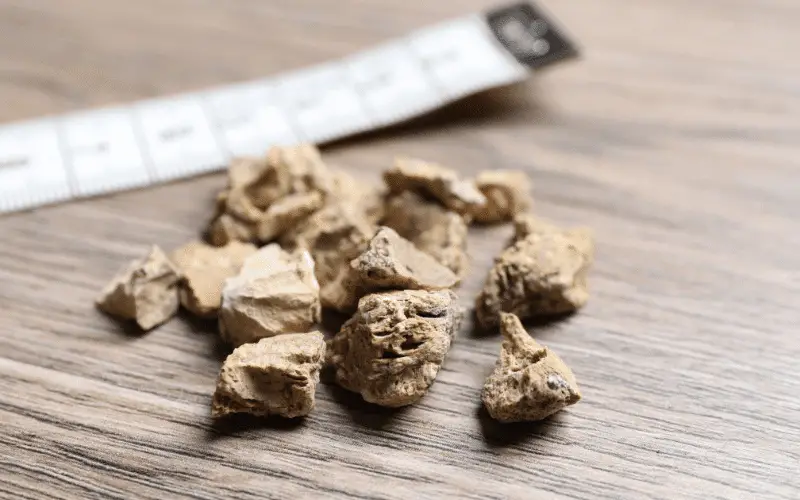Problem 3: Kidney Stones

Kidney stones are hard, crystalline deposits that form within the kidneys. These stones can vary in size, ranging from as small as a grain of sand to as large as a golf ball. Kidney stones are relatively common, affecting about 1 in 11 people in the United States.
There are several types of kidney stones, with the most common being calcium oxalate stones. Other types include calcium phosphate stones, uric acid stones, and struvite stones. Factors that contribute to the development of kidney stones include dehydration, high intake of animal protein and sodium, obesity, and a family history of kidney stones.
Symptoms of kidney stones may include:
• Severe pain in the back, side, or abdomen
• Blood in the urine
• Frequent and painful urination
• Nausea and vomiting
• Fever and chills (in case of infection)
Treatment for kidney stones primarily focuses on managing pain and promoting the passage of the stone. This may involve pain relief medication, increased fluid intake, and, in some cases, the use of medications to help dissolve or pass the stone more easily. For larger stones or those causing complications, more invasive treatments such as extracorporeal shock wave lithotripsy (ESWL) or surgery may be necessary. (3)